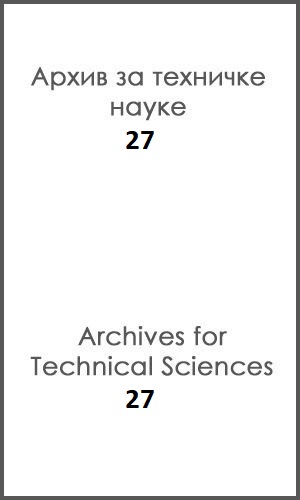STRATEGY OPTIMIZATION FOR RESPONDING TO PRIMARY, SECONDARY AND RESIDUAL RISKS CONSIDERING COST AND TIME DIMENSIONS IN PETROCHEMICAL PROJECTS
DOI:
https://doi.org/10.7251/afts.2022.1427.033TAbstract
Risk management throughout the project life cycle, from the initial phase beginning to the final phase, ended continuously and dynamically, is one of the basic requirements for the success of any project-oriented organization. To effectively identify and manage risks at all stages of the project, careful selection must be made at all levels of the organization. In some cases, implementing the response may eliminate the risk but reciprocally create additional risks for the project. Most of the available risk selection methods mainly focus on eliminating the primary risks without understanding the secondary and residual risks that may arise during the project implementation. The occurrence of secondary risk can be a direct result of performing an activity that responds to a primary risk. This study proposes an optimization model to select risk response measures for primary and secondary risks. The difference between our proposed method and Zhao method (2018) will be that the proposed one does not lead to selecting a predetermined strategy. This method examines the two dimensions of time and costs in response to primary and secondary risks. In addition, the genetic metaheuristic algorithm has been used to solve the problem in the dimensions mentioned above.

